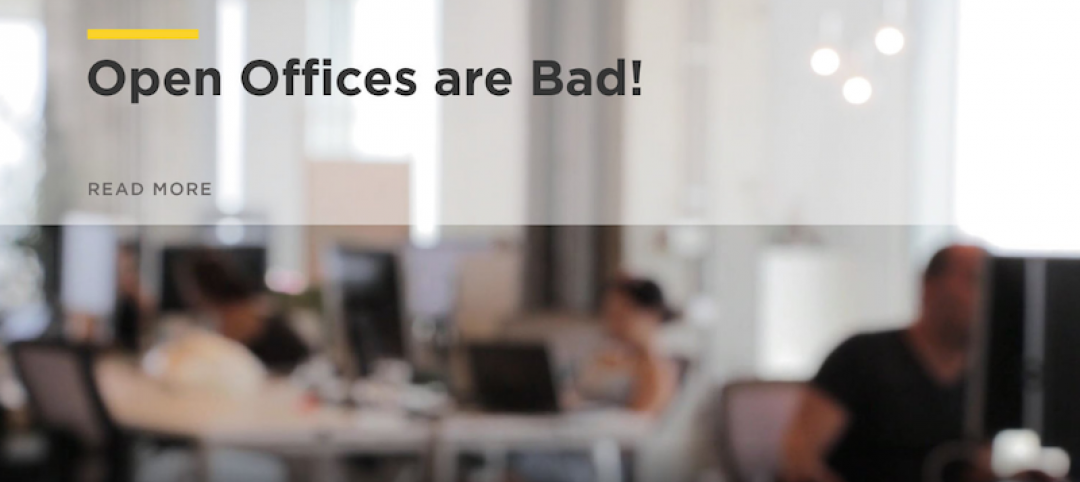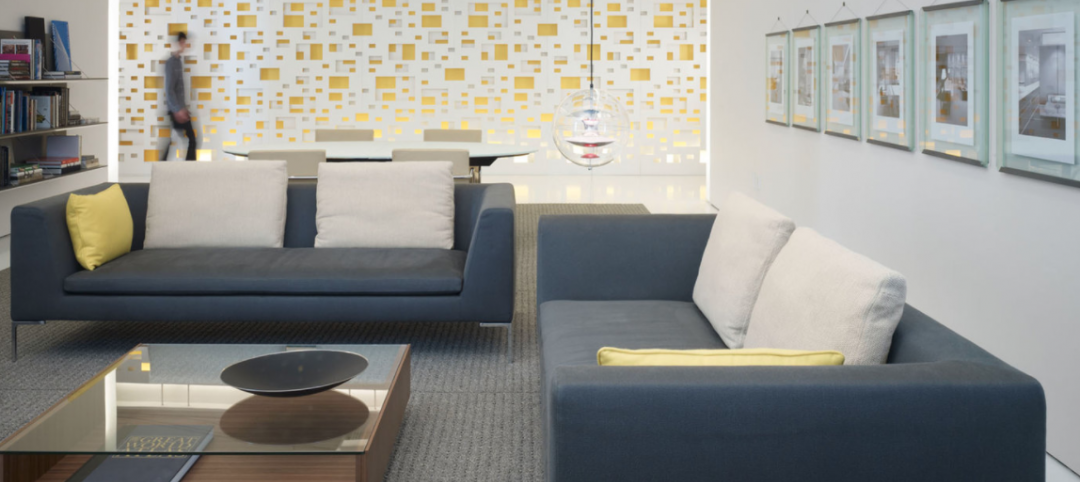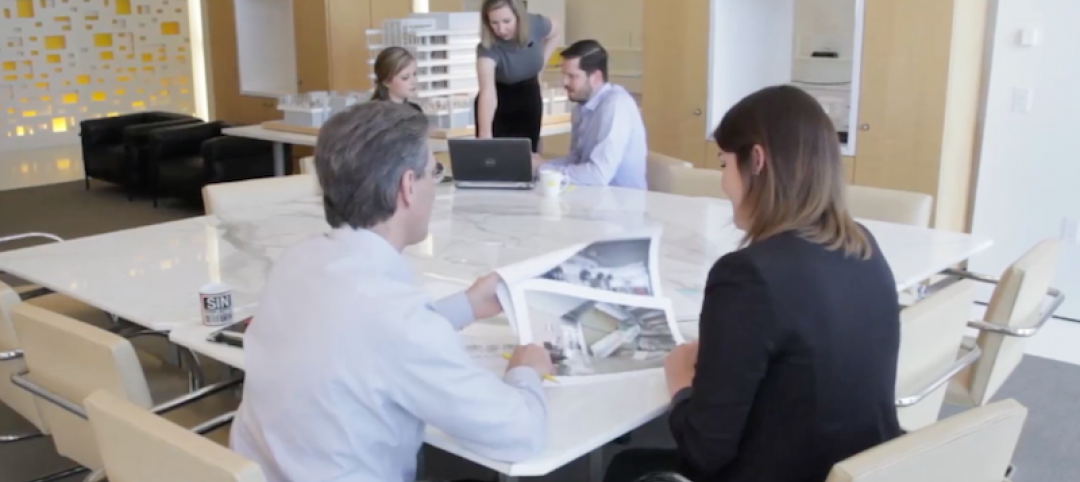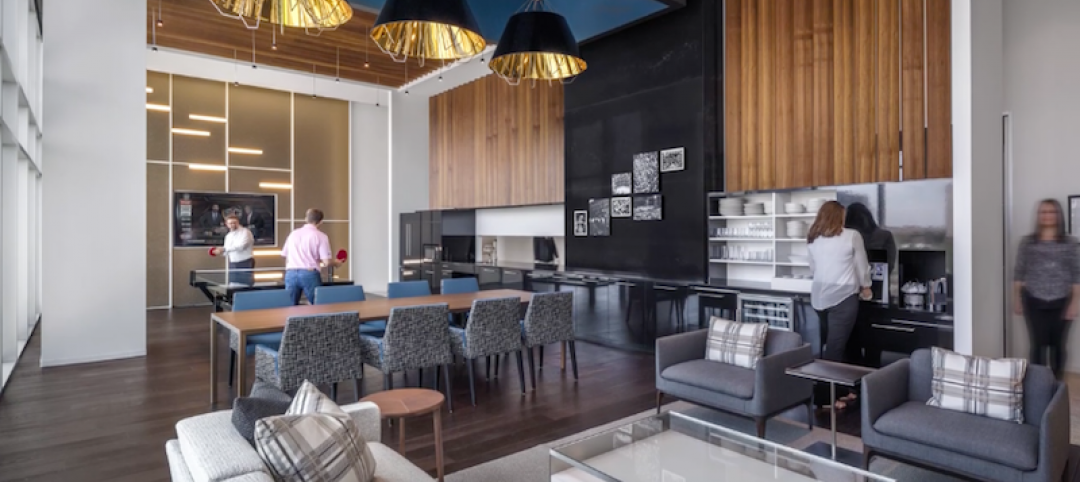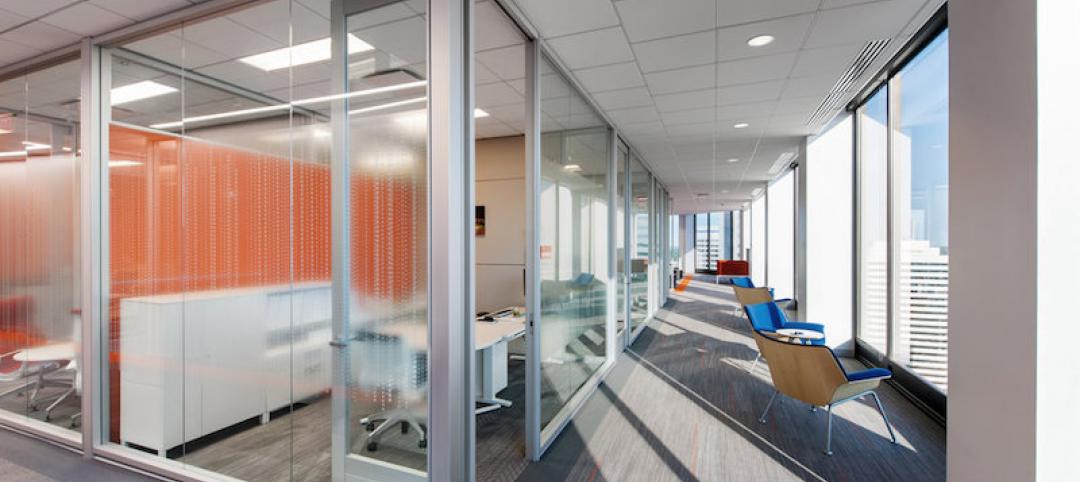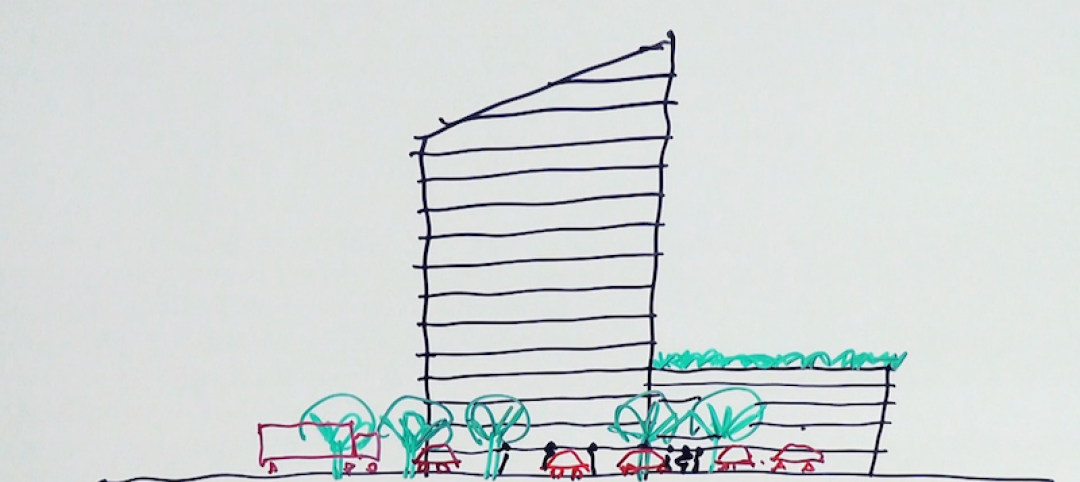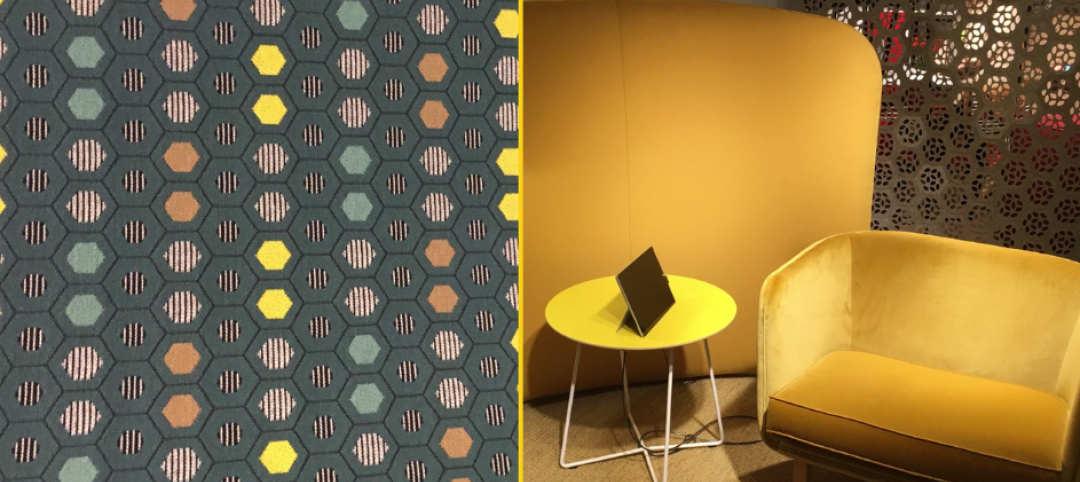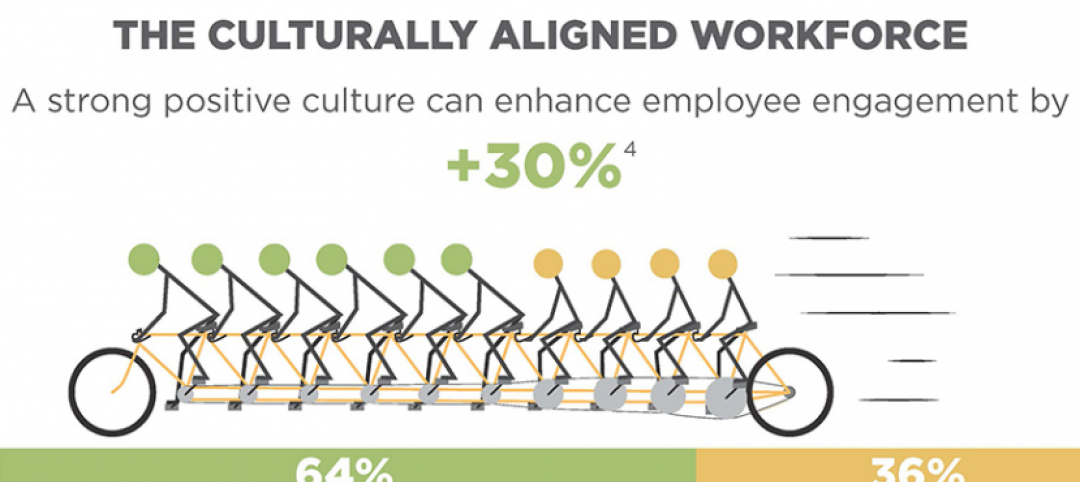Think about the building where you go to work every day. Are you inspired when you walk in the front door? Are you enticed to explore or investigate? Is there a place to stop and spend time with a friend or colleague? If pressed, could you even describe what the space looks like?
If any of these questions left you wondering, your building may have Dead Lobby Syndrome.
The Affliction
The competition for great tenants has rarely been as fierce as it is today. High vacancy rates, sublease glut and slow absorption have landlord reps and building owners searching for ways to distinguish and elevate their properties within their market. Dead Lobby Syndrome affects buildings of all vintages and all real estate classes. It does not distinguish between urban buildings with large, grand lobbies and suburban buildings with modest lobbies. Classic symptoms of Dead Lobby Syndrome include:
Absence of Purpose (Strategy)
Lack of Options (Engagement)
Indistinct Identity (Brand)
Forgettable Experience (Place)
These symptoms share one problem – lack of meaningful experience for the individual.
The Treatment
We have identified the problem and isolated the symptoms. Let’s explore different options for treatment.
Know your Neighborhood. Your building lobby is a small piece of a larger neighborhood. Study your surroundings. Analyze what is working in other properties around you, and then compliment (not copy) those existing amenities with services that are missing or under-served. Create a Brand and a Place that amplifies the unique qualities of your neighborhood.
Provide a Purpose. Public spaces come to life when they are given a purpose. They stay alive as long as the purpose is interesting, useful or enlightening. The new purpose that will define your building lobby should be genuine and engaging, serving the community in and around your property.
Create Community. Are you in an urban environment with a wide variety of entertainment, dining and socializing opportunities? Your lobby redesign should complement those easily accessible amenities. Provide options that will benefit the larger community and bring visitors, commerce and new interest to your building. Or, are you on an island in the suburbs? What amenities could you bring to your lobby that would extend the time your tenants genuinely want to spend at your building, and thus in the community of their fellow tenants? With such busy schedules, services and amenities should improve the experience of coming to the office every day and help balance the work / life scales.
The Cure
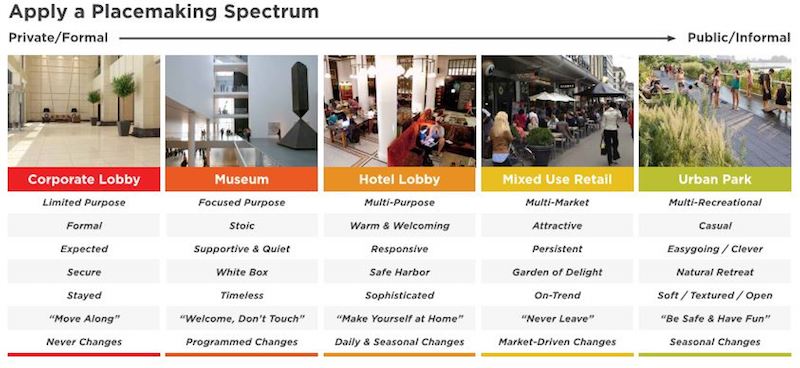
At PDR we have defined a Spectrum of Place that focuses on the experience of being in different places. Our Brand Strategists and Designers can help you define the current versus the desired feel for your property.
As we begin design, PDR will focus our efforts around the three qualities that all successful experiences share: energy, collegiality and connection to the natural.

The successful design solution will be a purposeful place with a lasting experience. In order for this experience to endure beyond the initial “wow” moment, PDR will create a menu of spaces that can be refreshed with minimal investment to the property owner. Managing and operating the program of these spaces is crucial, and often has staff dedicated to this effort in the form of Concierge or an Experience Curator that partners with local vendors, artists, speakers and teachers to keep the Purpose of the space alive.
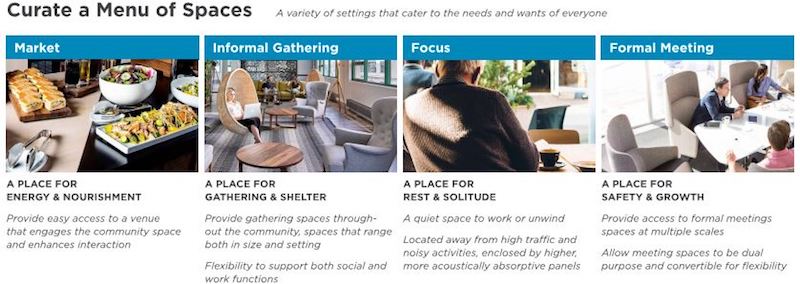
An Integrated Solution
PDR believes the integration of Strategy, Engagement, Brand and Place is the true recipe for success when curing Dead Lobby Syndrome. We are designers, architects, brand specialists and business consultants who approach placemaking from the inside out – amplifying human experience in order to positively impact your real estate challenges.
Below view a sneak peak of the before and after images inside a current lobby project.
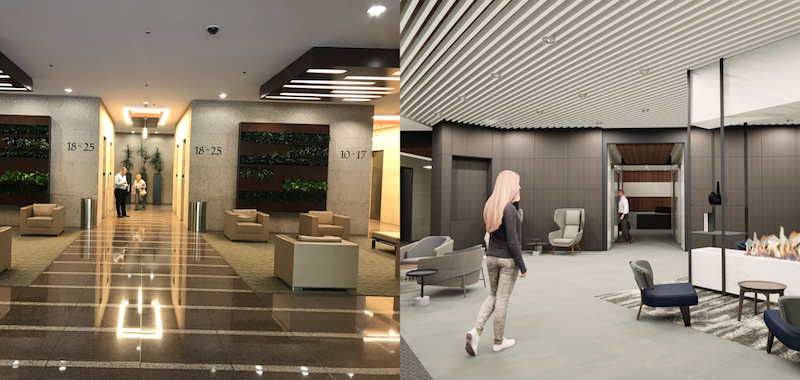
More from Author
PDR | Feb 13, 2024
Creating thoughtful tech workplace design
It’s important for office design to be inspiring, but there are some practical principles that can be incorporated into the design of real-world tech workplaces to ensure they convey an exciting, sophisticated allure that accommodates progressive thinking and inventiveness.
PDR | Jan 11, 2019
Open offices are bad!
The Harvard studies on the unintended effects of open office defines it as space where 'one entire floor was open, transparent and boundaryless… [with] assigned seats,' and the other had 'similarly assigned seats in an open office design, with large rooms of desks and monitors and no dividers between people's desks.'
PDR | Jan 25, 2018
Four keys to designing autistic-friendly spaces
Autism, in part, gave us modern architecture, writes PDR’s Julie Troung.
PDR | Jul 26, 2017
Meeting space leads to innovation
PDR Principal Larry Lander explains how to design for workplaces where four generations are working together.
PDR | Jul 25, 2017
Managing workplace change: The three C's to building trust
Building trust takes time and consistency, and is typically much easier to break than build.
PDR | Feb 28, 2017
Workplace wellbeing
Organizations are starting to realize that there are benefits to addressing employee wellbeing.
PDR | Dec 6, 2016
Workplace pilots: Test. Learn. Build
Differentiated from mock-ups or beta sites, workplace pilots are small scale built work environments, where an organization’s employees permanently reside and work on a daily basis.
PDR | Oct 4, 2016
Video blog: How to future-proof your workplace
Larry Lander, a Principal with PDR and a registered architect, discusses how modularity can improve a workplace for the business and the individual.
PDR | Sep 8, 2016
Video blog: Top color trends for 2016
Karen Wetmore, Lead Designer at PDR, talks about what’s trending with materials and colors in the workplace.
PDR | Jul 29, 2016
The ROI of company culture: Why companies should look at culture’s impact on profit
Organizations that purposefully craft and develop their culture experience a 14% turnover rate, whereas organizations that ignore their culture experience a 48% turnover rate, writes PDR Senior Consultant Christine Mikhail.



